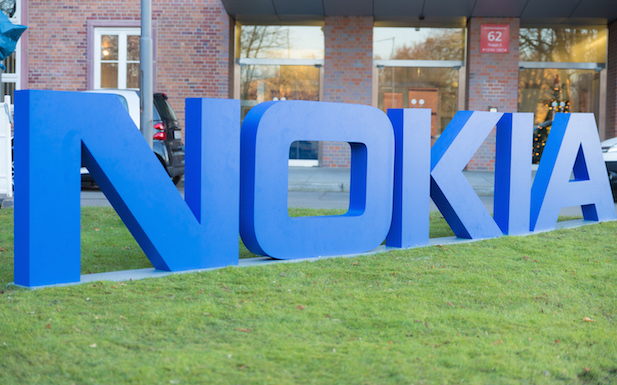Nokia Networks has announced new security and LTE-Advanced innovations as its pre-Mobile World Congress blitz continues.
Its Security Management Centre is a software platform that allows an operator to track and operate all of the security systems across its network.
The centre’s internal database is a record of potential vulnerabilities. By tracking security threats and matching them against the database, operators are able to deal with threats either automatically or manually.
Nokia said the solution differs from vertical products because it offers a view of the entire network, bringing together typically isolated layers such as radio access, transport, core and operations.
The vendor added it was branding all of its current and future security products as NetGuard.
Dr. Stefan Pütz, Vice President Network and Infrastructure Security, Group Security Services, at Deutsche Telekom (DT) backed the new approach, which he said “comprehensively addresses” security with a solution that brings much greater value than the sum of individual security modules. He explained: “For instance, with the automated security audit together with security alarm correlation, we will be able to pinpoint attacks that today’s networks simply cannot detect.”
Giuseppe Targia, Head of Security at Nokia, said: “Networks are becoming more heterogeneous and open, leaving them increasingly prone to cyberattacks. Any subsequent degradation of network performance, whether a partial or complete outage, is one of the biggest threats to operators. The impact of such an event can range from a few dissatisfied customers to severe damage to the entire business. Our NetGuard Security Management Centre gives operators confidence that their whole networks are safe, not just some individually protected parts.”
Meanwhile, the vendor will showcase how beamforming can improve the performance of LTE-Advanced networks at this month’s trade event in Barcelona.
TD-LTE-A Pro 3D beamforming, which Nokia is dubbing LTE-Advanced Pro, combines horizontal and vertical beamforming to deliver fourfold uplink and threefold downlink throughput gains, with minimising interference.
Used along with Nokia’s Inter-Site Carrier Aggregation, operators can combine TDD and FDD carriers from different base stations in different locations, which the vendor said would lead to high throughput at the cell edge.
Nokia’s Intelligent Beamforming now supports eight transmit and four receive antennas for TD-LTE, which the vendor said doubles cell edge rates and gives operators an increase in average sector throughput of 50 percent. Cell edge spectral capacity has also been increased by 50 percent due to the implementation of downlink coordinated multipoint.
New software has also been released, helping operators to increase peak data rates in FDD-LTE cells by up to 150MBps, through uplink carrier aggregation and 64QAM modulation.
Tero Peltola, Head of FDD and TDD LTE Product Management at Nokia, said the tech been field tested in Hangzhou, China.
Jeongho Kang, VP, NW Technology Division at Korean operator LG Uplus, said: “Creating more network capacity is vital to achieve that aim. LTE-Advanced Pro is an important development and we have showcased our readiness to leverage powerful new capabilities such as 3D beamforming that can help us to meet our goals.”
Finally, Nokia has come to an agreement with Samsung over patents until the end of 2018. The vendor said the agreement would net €1.02 billion in sales for the 2015 calendar year, with an additional €1.8 billion to come between 2016 and 2018.



